Have you ever wondered, How old is the oldest bonsai tree? The answer may surprise you. The world’s oldest bonsai tree is believed to be a 1,000-year-old Ficus retusa Linn in Parabiago, Italy.
This ancient bonsai icon has lived through centuries of change, yet it still stands alive, rare, and beautiful today.
But this 1,000-year-old bonsai tree is not the only record holder. The 800-year-old pine bonsai at the Shunka-en Bonsai Museum in Tokyo and the 400-year-old Yamaki Pine, also called the Peace Tree, tell equally powerful stories.
The Yamaki Pine even survived the Hiroshima bombing and now grows safely at the National Bonsai & Penjing Museum in Washington, DC’s National Arboretum.
So why does this matter to you? When you look at these ancient bonsai forests, you’re not just seeing rare and expensive bonsai trees worth millions of dollars; you’re looking at living history.
These trees prove that with care and patience, a bonsai can outlive generations, turning into a beautiful symbol of peace, resilience, and art.
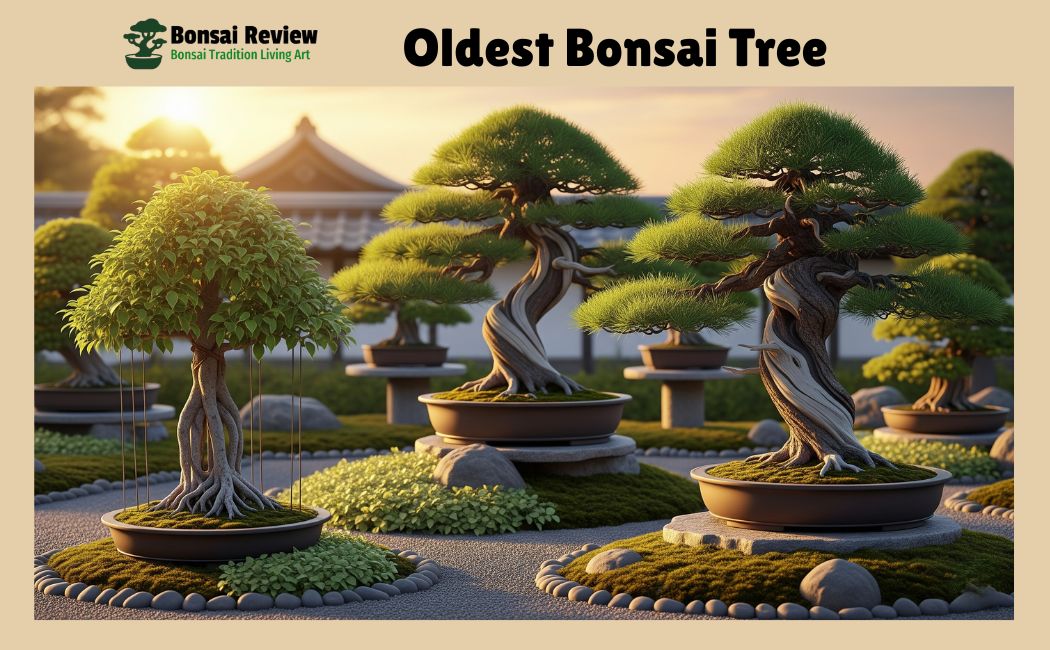
Which Are the Famous Oldest Bonsai Trees Around the World?
When people talk about the oldest bonsai tree in the world, it’s not just one tree that carries history. Across Japan, Italy, and America, several bonsai have become global legends, each one a living record of time.
1. Ficus Retusa Linn: 1,000 Years Old (Italy)
The Ficus retusa Linn bonsai in Parabiago, Italy, is often called the world record oldest bonsai tree. At over 1,000 years old, this tree is both rare and priceless, sometimes linked with stories of being a million-dollar bonsai. Its forest-like canopy makes it look more like a miniature ancient tree than a simple houseplant.
2. Shunka-en Pine Bonsai: 800 Years Old (Tokyo, Japan)
In Tokyo, the Shunka-en Bonsai Museum is home to an 800-year-old pine bonsai, considered one of the most beautiful and expensive bonsai trees ever. Its twisted trunk, thick roots, and carefully shaped branches show the ancient art of bonsai passed down through centuries.
3. The Yamaki Pine: 400 Years Old (Washington, DC, America)
The Yamaki Pine, also known as the Peace Tree, is over 400 years old and lives today at the National Bonsai & Penjing Museum inside the National Arboretum in Washington, DC. This pine bonsai survived the Hiroshima bombing in 1945 and was later gifted to America as a sign of peace and resilience.
4. Old Juniper Bonsai: 1,000+ Years Old (Japan)
In Japan’s Mansei-en Bonsai Garden, you can find one of the oldest juniper bonsai trees, believed to be over 1,000 years old. This tree is often called a bonsai icon because it represents the strength and survival of nature itself.
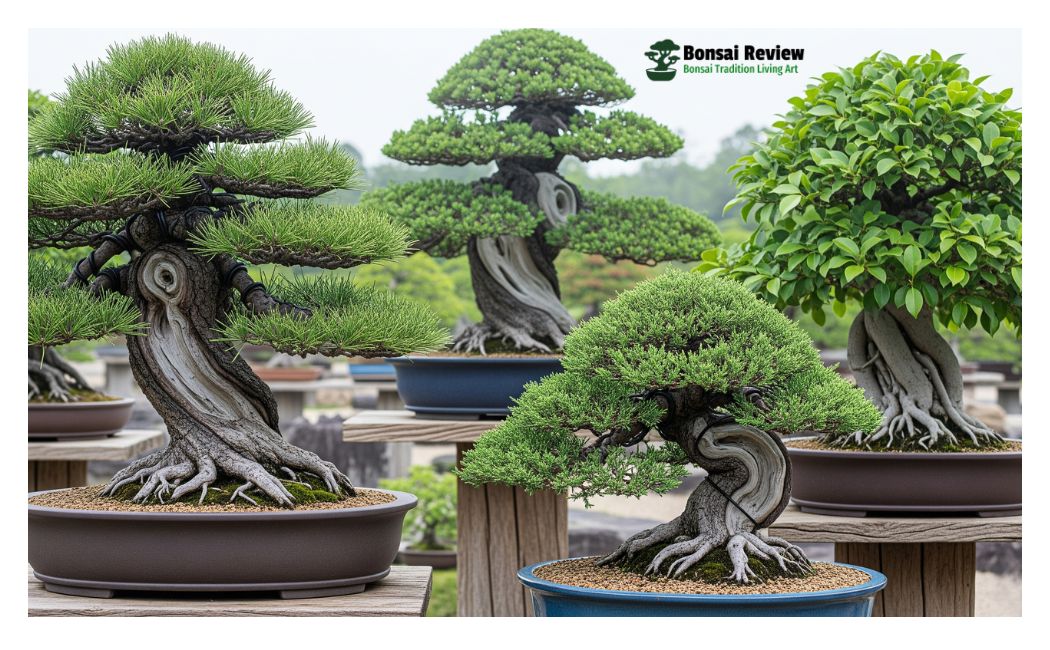
How Old Can Bonsai Trees Live?
One of the most amazing things about bonsai is their lifespan. While many houseplants survive only a few years, a bonsai tree can live for hundreds even over 1,000 years.
The world’s oldest bonsai trees, like the Ficus retusa linn (1,000 years old) and the Shunka-en Pine (800 years old), prove that these miniature giants can become ancient living treasures.
The secret is in the care and species. Hardy types like juniper bonsai, pine bonsai, and ficus bonsai can live the longest. With proper watering, pruning, and root care, even a 100-year-old bonsai can stay alive, beautiful, and valuable for generations. Some are even worth millions of dollars, making them both a rare art form and a family legacy.
But here’s the key: age doesn’t just happen naturally. Every ancient bonsai forest or bonsai icon has survived because bonsai masters passed their knowledge down for centuries.
That means your bonsai, whether a Chinese elm, Japanese maple, or weeping fig, could one day become part of history if you care for it well.
How Much Is the Oldest Bonsai Tree Worth?
When you hear about a 1,000-year-old bonsai tree, the next thought is often: “What’s the price?” The truth is, the oldest bonsai trees in the world are considered priceless.
Trees like the Ficus retusa Linn in Italy or the Shunka-en Pine in Tokyo are so rare and historic that they are not for sale. Still, experts often describe them as million-dollar bonsai trees because of their age, beauty, and cultural value.
Even younger trees can be costly. A 100-year-old bonsai tree’s price can reach tens of thousands of dollars, depending on the species, size, and shape.
Rare species like juniper bonsai or pine bonsai with twisted trunks and ancient roots are often the most expensive. Some bonsai auctions have even seen record-breaking bids, where collectors pay huge sums for a tree that carries history in its branches.
So while you may not find the oldest bonsai tree for sale, it’s clear that the market treats bonsai as more than plants; they’re living art pieces. Each one reflects not only the skill of the bonsai master, but also the value of time itself.
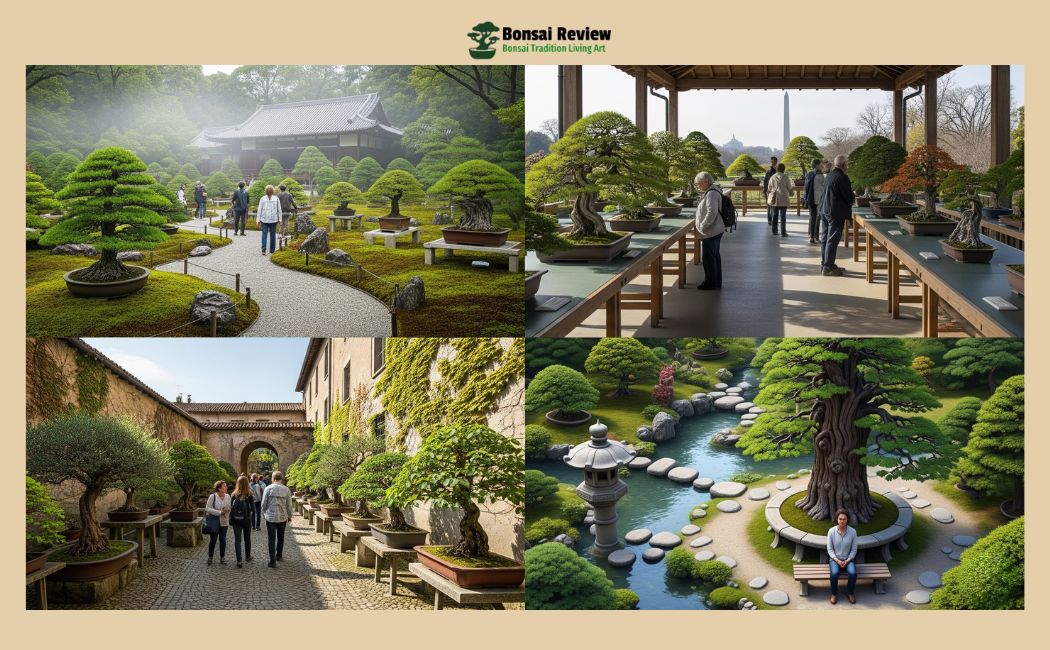
Where Can You See the Oldest Bonsai Trees?
You might be wondering, “Can I actually see the oldest bonsai trees in the world?” The answer is yes. Many of these ancient bonsai icons are displayed in famous bonsai gardens and museums where visitors can admire them up close.
1. Italy: Parabiago’s 1,000-Year-Old Ficus Retusa Linn
The world’s oldest bonsai tree, a Ficus retusa Linn, is kept in Parabiago, Italy. This tree is more than 1,000 years old and is considered one of the greatest bonsai treasures in history.
2. Japan: Shunka-en Bonsai Museum (Tokyo)
In Tokyo, Japan, you can visit the Shunka-en Bonsai Museum, home to the 800-year-old pine bonsai. This museum is a global destination for bonsai lovers, showing not just ancient trees but also the art and philosophy behind bonsai care.
3. USA: National Bonsai & Penjing Museum (Washington, DC)
At the National Arboretum in Washington, DC, you’ll find the Yamaki Pine, also known as the Peace Tree. Over 400 years old, this bonsai survived the Hiroshima bombing and was gifted to America as a sign of peace and friendship.
4. Japan: Mansei-en Bonsai Garden
Japan is also home to the Mansei-en Bonsai Garden, where you can see some of the oldest juniper bonsai trees, believed to be over 1,000 years old. Visiting this garden is like walking into a bonsai forest of living history.
Why visit these places?
Seeing these ancient bonsai trees alive is different from looking at photos. Each one has its own story, shape, and spirit, a reminder that bonsai is not only about beauty, but also about patience, peace, and resilience.
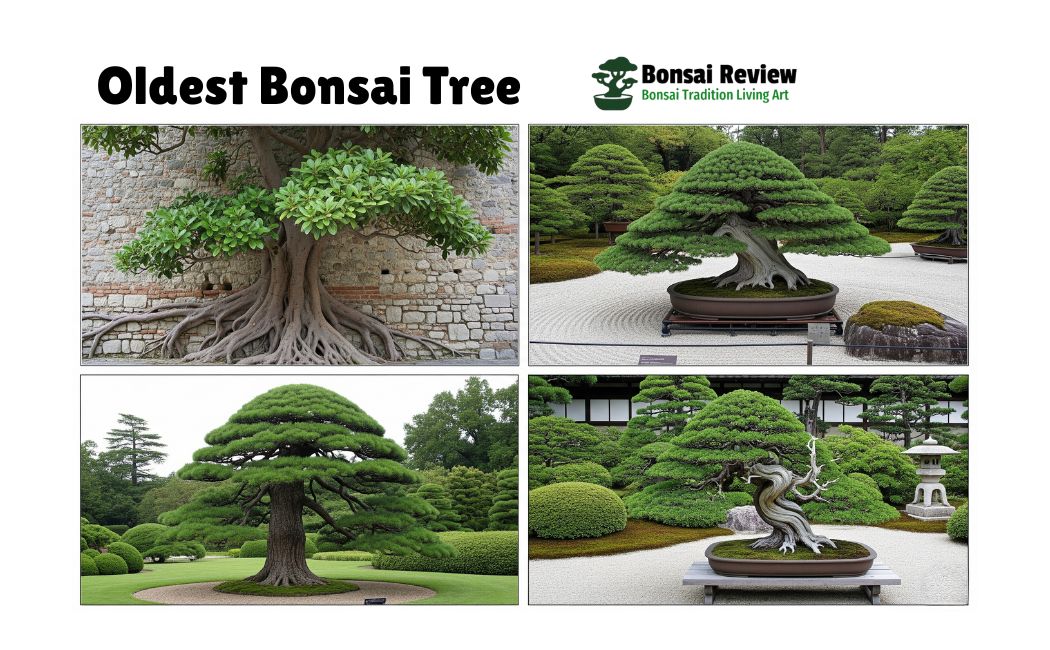
What Makes These Bonsai Trees Live So Long?
The secret behind the world’s oldest bonsai trees isn’t just luck; it’s care, species, and tradition. Bonsai like the 1,000-year-old Ficus retusa Linn in Italy and the 800-year-old pine bonsai in Tokyo have lived this long because generations of bonsai masters carefully shaped, watered, and protected them.
1. Species That Endure with Oldest Bonsai Tree
Certain species naturally live longer. Juniper bonsai, pine bonsai, and ficus bonsai are hardy and can survive centuries if cared for well. Even species like Japanese maple, Chinese elm, and weeping fig can reach impressive ages when grown as bonsai.
2. Master Care and Patience for Oldest Bonsai Tree.
Unlike wild trees, bonsai live in small pots. Their survival depends on daily care, watering, pruning, and repotting. Skilled growers create balance: trimming roots to keep the tree small, yet healthy enough to thrive for hundreds of years.
3. Protection Through Generations
The Peace Tree (Yamaki Pine) shows how bonsai can endure even disasters. Surviving the Hiroshima bombing, it lived on because families and museums continued to care for it. This proves bonsai aren’t just plants; they are living legacies, carried across time by human hands.
The lesson for you: If you treat your bonsai with patience and respect, even a small tree today could one day become a centuries-old bonsai icon, a piece of history for future generations.
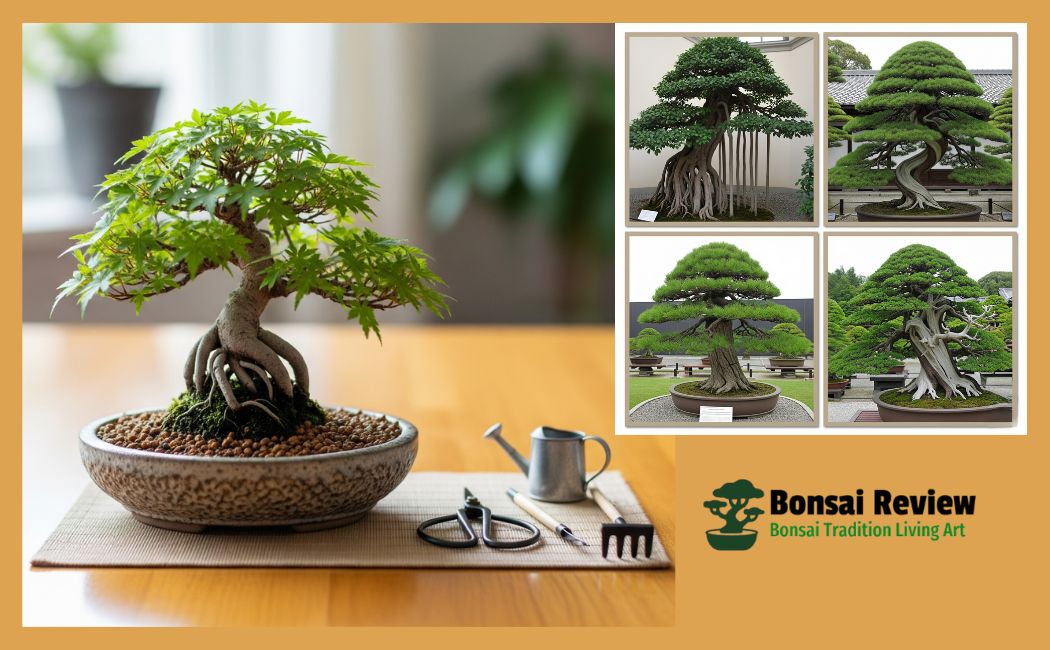
Can You Grow a Bonsai That Lives for 100+ Years?
Yes! You can. While not every tree will become a 1,000-year-old bonsai icon, even a small bonsai you start today could live for 100 years or more with the right care. Many families in Japan and America pass bonsai down through generations, turning them into living heirlooms.
1. Choosing the Right Species
Some species naturally last longer. If you want a bonsai with the best chance of becoming ancient, start with hardy types like pine bonsai, juniper bonsai, or ficus retusa Linn. Even a Chinese elm or Japanese maple can grow into a tree that outlives you if cared for properly.
2. Caring for Longevity
Longevity in bonsai depends on balance. Trimming roots, shaping branches, and repotting at the right times keep the tree alive, rare, and beautiful. This is the same care that has preserved bonsai like the Yamaki Pine (Peace Tree) and the Shunka-en Pine in Tokyo.
3. Passing It Forward
Your bonsai may not be worth a million dollars today, but with time, it could become priceless to your children or grandchildren. Every 100-year-old bonsai tree started as a small seedling in someone’s garden. With patience, yours could one day be part of a future story of the world’s oldest bonsai trees.
The takeaway: A bonsai isn’t just a plant, it’s a living timeline. If you care for yours with love, you’re not just shaping branches, you’re shaping history.
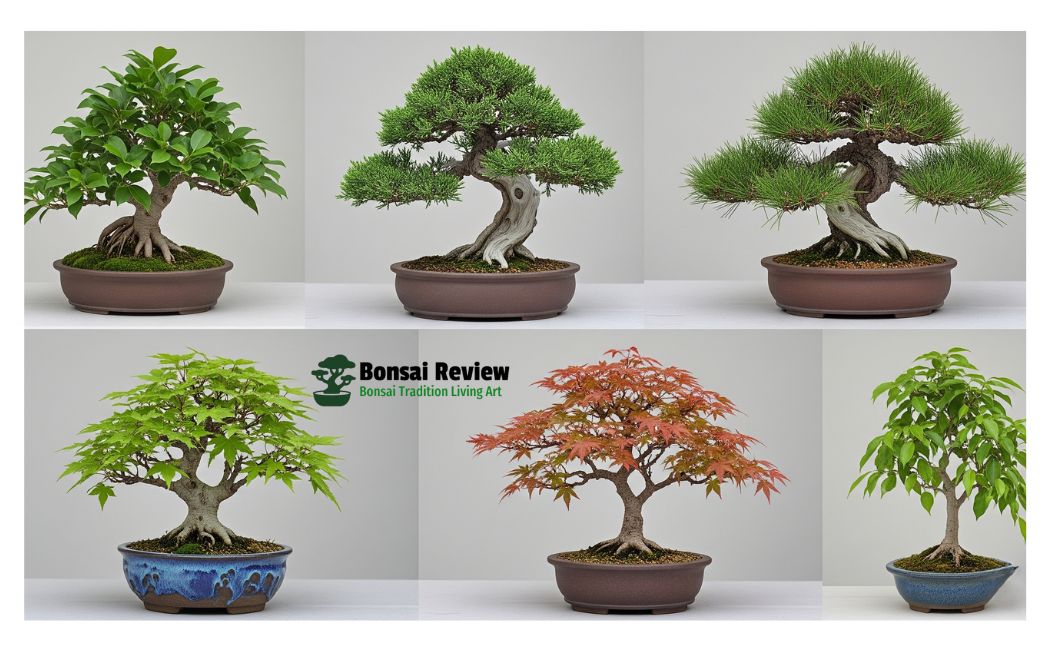
Conclusion: How Much Is the World’s Oldest Bonsai Tree Worth?
The oldest bonsai trees in the world are more than just plants; they are living pieces of history, carrying centuries of culture, patience, and artistry.
From the 1,000-year-old Ficus retusa linn in Italy to the Shunka-en Pine in Tokyo and the Yamaki Pine Peace Tree in Washington, DC, each bonsai tells a story of resilience, care, and beauty.
These ancient bonsai icons show that with the right species, care, and dedication, a bonsai can survive for hundreds, even thousands of years.
While many of the oldest trees are priceless or million-dollar bonsai, the true value lies in their ability to inspire awe and teach us the patience and devotion required to nurture life over time.
Whether you are a bonsai enthusiast or simply curious about these rare, beautiful trees.
Every bonsai you care for today has the potential to become a living legacy, a future bonsai icon, and perhaps one day, part of the story of the world’s oldest bonsai trees.
More informative article: Which Trees Are Best for Shohin Bonsai?
FAQs: What Is the Most Expensive Bonsai Tree in the World?
1. What is the oldest bonsai tree in the world?
The world’s oldest bonsai tree is a Ficus retusa linn in Parabiago, Italy, estimated to be over 1,000 years old. It is considered a bonsai icon and a living piece of history.
2. How old is the oldest bonsai tree alive?
Several bonsai trees have survived for centuries. The Ficus retusa linn (Italy – 1,000 years old), the Shunka-en Pine (Tokyo – 800 years old), and the Yamaki Pine Peace Tree (Washington, DC – 400 years old) are all examples of ancient, living bonsai.
3. How much is the oldest bonsai tree worth?
While most of the oldest bonsai trees are not for sale, experts value them as million-dollar bonsai trees due to their age, rarity, and historical significance. Even 100-year-old bonsai trees can be worth tens of thousands of dollars depending on their species and shape.
4. What species are the oldest bonsai trees?
The oldest bonsai are often Ficus retusa Linn, pine bonsai, and juniper bonsai. Other long-living species include Japanese maple, Chinese elm, and weeping fig.
5. Where can I see the oldest bonsai trees?
You can see them in the oldest bonsai tree: Parabiago, Italy, a 1,000-year-old Ficus retusa Linn. Shunka-en Bonsai Museum, Tokyo, Japan, 800-year-old pine bonsai. National Bonsai & Penjing Museum, Washington, DC, USA: Yamaki Pine (Peace Tree). Mansei-en Bonsai Garden, Japan, ancient juniper bonsai trees.
6. Can I grow a bonsai that lives 100+ years?
Yes. With proper care, pruning, watering, and repotting, hardy species like juniper, pine, and ficus bonsai can live for over 100 years, potentially becoming future bonsai icons.
7. What makes bonsai trees live so long?
Longevity comes from species choice, careful cultivation, and expert care. Generations of bonsai masters shape, trim, and protect the trees, turning them into living legacies that can survive centuries.
8. How much is a 400-year-old bonsai tree?
The priciest bonsai tree in the market was a 250-year-old juniper sold in 1981 for a whopping $2M.
9. What is the most expensive bonsai tree?
Some of the oldest bonsai, like the Ficus retusa linn and historic pine bonsai, are considered million-dollar bonsai trees, making them the most expensive and rare bonsai in the world.
10. What is the 1000-year-old bonsai tree?
The Ficus retusa linn, residing at the Crespi Bonsai Museum in Italy, is widely considered the oldest living bonsai tree in the world, estimated to be over 1,000 years old. This impressive specimen is a testament to both the longevity of bonsai and the dedication of its caretakers over centuries.